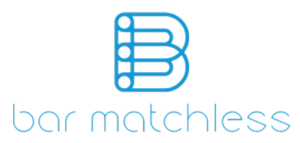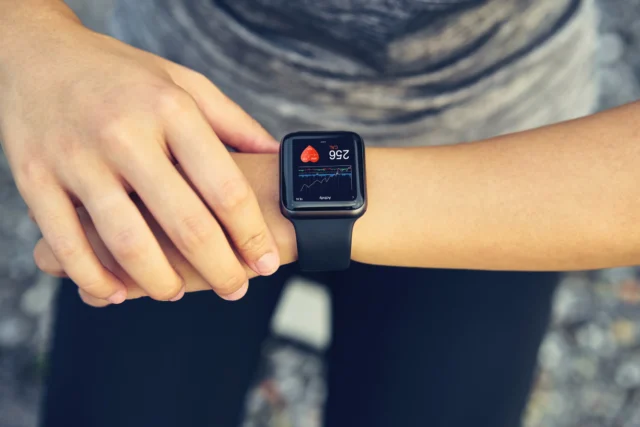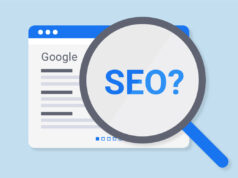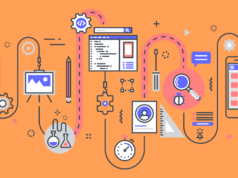The key benefit to being connected to health data is that it allows us to get a clearer picture of our overall health. In addition to providing useful information about our bodies, it allows us to monitor changes in our health over time and spot trends that could be leading to our future health problems.
In order to keep up with the modern world, we need to stay in touch with our health and well-being. The best way to do this is to make use of the latest technology. This includes reviewing your health data to predict your illnesses as well as receive offers from your doctors to keep you at the forefront of your health care.
Health and fitness apps, wearables and connected devices have revolutionized the way we track and monitor our health, while also providing the opportunity to make behavioral changes that can help us lead healthier lives. But for the most part, this revolution has happened without any clear evidence of its efficacy.
In the past, patients monitored their health through regular visits to the doctor, including routine physical exams, appointments for specific problems, and visits to specialists when necessary. Between these appointments, communication with health care providers was interrupted relatively often after lab results and follow-up. Doctors and nurses had access to patient records, of course, but interaction was essentially limited to face-to-face meetings.
It’s fair to say that there has been a lot of controversy about this model. Providers relied heavily on what patients told them during these appointments, which can be very little, especially in disadvantaged populations. This meant that they often had to make decisions without knowing the big picture.
With technological advances and the introduction of value-based care, this approach is changing. Connected health is based on the use of technology to improve communication between healthcare stakeholders, such as. B. Physicians and their patients. Connected health sees healthcare as an ongoing communication rather than an event that occurs periodically within the walls of the examination room.
Let’s dive deeper into the world of connected health and see how it changes the way we think about healthcare.
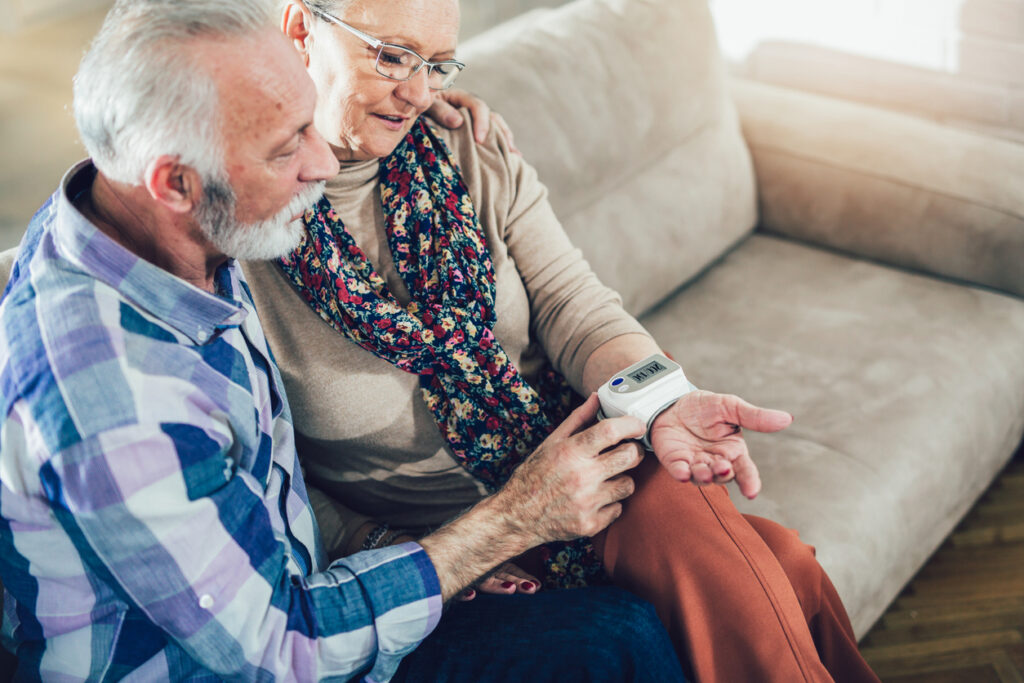
Examples of networked healthcare in action
One of the core functions of connected healthcare is the use of technology to collect patient health data that can be analyzed and used by professionals to make decisions. The goal is to provide a more complete picture of daily health status to improve patient outcomes, effectively manage chronic disease, and reduce costs for stakeholders.
The Internet of Things (IoT) enables this communication through connected devices.
- The clinical trial with head and neck cancer patients used Bluetooth blood pressure scales and cuffs and a symptom tracking app to send automatic updates to treating physicians every day of the week. Those who used connected health in this way saw a reduction in the severity of their symptoms, likely because their doctors were able to treat them more quickly.
- Diabetics can use a continuous glucose meter (CGM) to regularly check their blood sugar levels and then send that data to the app. Patients, caregivers, and healthcare providers can track progress and identify important trends.
- Patients with conditions such as high blood pressure and type 2 diabetes have been given the option of taking tablets that send signals to the sensor as part of an optional program. This allows patients to check whether they have taken their medicines and provides them with information that they can share with their doctor, who can then decide how to proceed.
While these examples represent only a small portion of what connected health can mean for patients and caregivers, they illustrate the value of collecting and analyzing data over time to inform treatment plans. By using artificial intelligence in healthcare in the form of advanced data analysis, clinicians can extract patterns and anomalies from stored data and then use this important information to inform their decisions. In that sense, having more consistent data is certainly helpful.
Affiliated health issues
Of course, as with any new technological approach to healthcare, there are challenges. Healthcare providers need secure, high-speed networks that can handle the flow of data. This may require hospitals and practices to reevaluate network architecture, expand wireless access, use cloud technology and software for data and analytics purposes.
At first, patients may be reluctant to use this technology, just as many were reluctant to use electronic health records, which should not be taken lightly in this day and age of frequent data breaches and cyber-attacks.
Integrated health care is not an overnight phenomenon, but one that must progress as technology advances and regulation adapts to the potential possibilities. But the more data decision-makers can analyze, the better they can make decisions about patient care.Connected health has opened a world of possibilities for medical professionals and patients alike. The technology has made it possible to monitor and manage a person’s health from anywhere at any time. It’s introduced new opportunities for doctors and patients to interact, and for medical professionals to become “lifestyle coaches” to their patients.. Read more about benefits makeup and let us know what you think.
Related Tags:
benefits ohiobenefits definitionbenefits makeupbenefits synonymlist of government benefitsohio benefits phone number,People also search for,Privacy settings,How Search works,Suppleme… Security Income,Children’s Health Insurance…,Medicaid,Medicare,Head Start,WIC,See more,benefits definition,list of government benefits,benefits ohio,welfare benefits,benefits makeup,benefits synonym,ohio benefits phone number,benefits renewal
